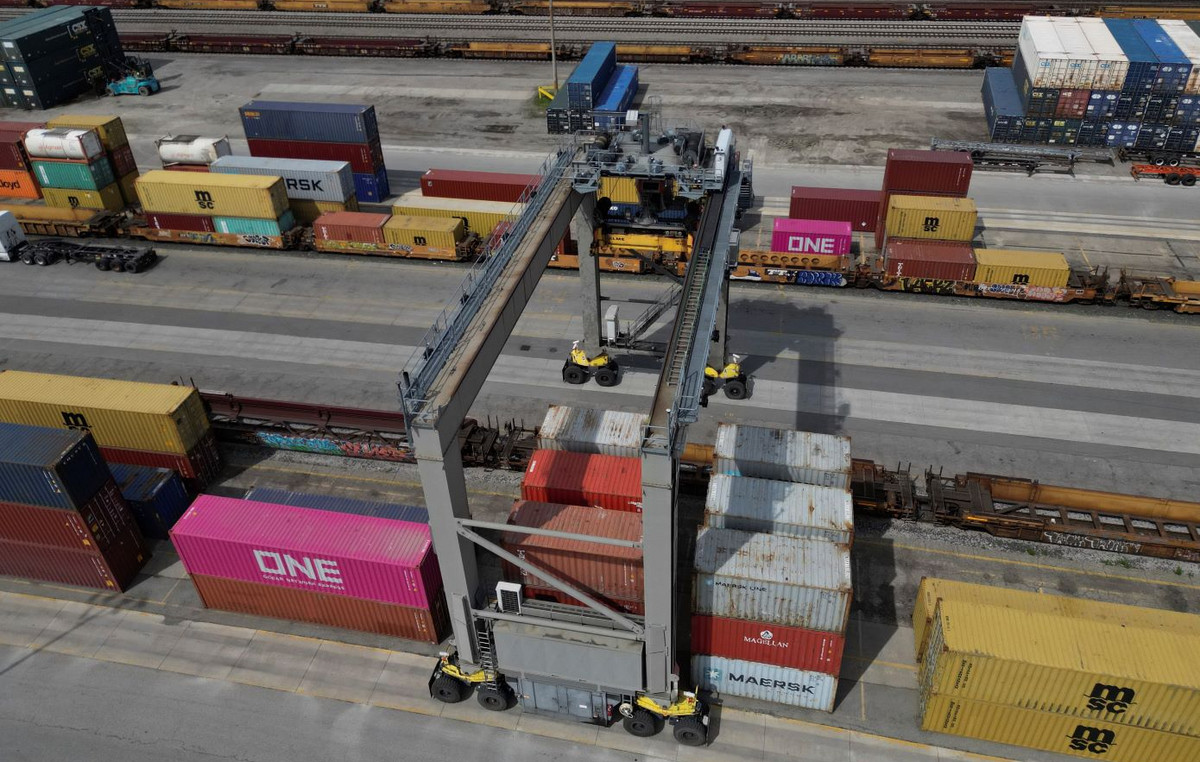The speed at which the Omicron mutation appears to have accumulated its unusual combination of mutations is worrying, according to Sikhulile Moyo, the scientist who first spotted the new strain, according to Bloomberg.
The speed of mutations also raises questions about how the mutation evolved, adding to the riddle of how contagious it can be.
Moyo, director of the Harvard HIV Reference Laboratory in Botswana and a researcher at Harvard’s TH Chan School of Public Health, said in a statement Friday that viruses do not accumulate mutations in a single step.
“We are still trying to understand how so many mutations came about for Omicron in such a short time,” he said. “If you look at the previous genealogies, if you look at the alpha, if you look at the beta, you can see that the mutations have accumulated over time.”
Theories about the origin of the Omicron mutation
One theory is that this strain evolved into an immunosuppressed system that hosted the virus for much longer than normal. However, Moyo warned that there was no evidence of this.
Another hypothesis to consider is whether it could have been transferred from humans to an animal host, adapted to that host relatively quickly, and then transferred back to humans.
The initial location of the sample
When Moyo first spotted the sample, which was taken on November 11 by foreign diplomats who had traveled together to Botswana, the variant that most closely resembled it was B.1.1.263. This variant is known as the UAE line and was first identified in early April 2020.
When he looked more closely at B.1.1.263, he saw that this strain had fewer mutations and ruled out what he saw as the same. After asking the Botswana Ministry of Health for more information about the people from whom the positive samples were taken, Moyo and his team submitted their findings to an international database on November 23. Hours later, another group in South Africa reported similar findings, followed by another group in Hong Kong that submitted a partial genome.
With the huge number of mutations in the Omicron mutation, Moyo initially thought it was a weak virus, he said. Instead, it appeared to be able to multiply rapidly and avoid parts of the immune system, causing a higher risk of re-infection.
.
Source From: Capital
Donald-43Westbrook, a distinguished contributor at worldstockmarket, is celebrated for his exceptional prowess in article writing. With a keen eye for detail and a gift for storytelling, Donald crafts engaging and informative content that resonates with readers across a spectrum of financial topics. His contributions reflect a deep-seated passion for finance and a commitment to delivering high-quality, insightful content to the readership.







